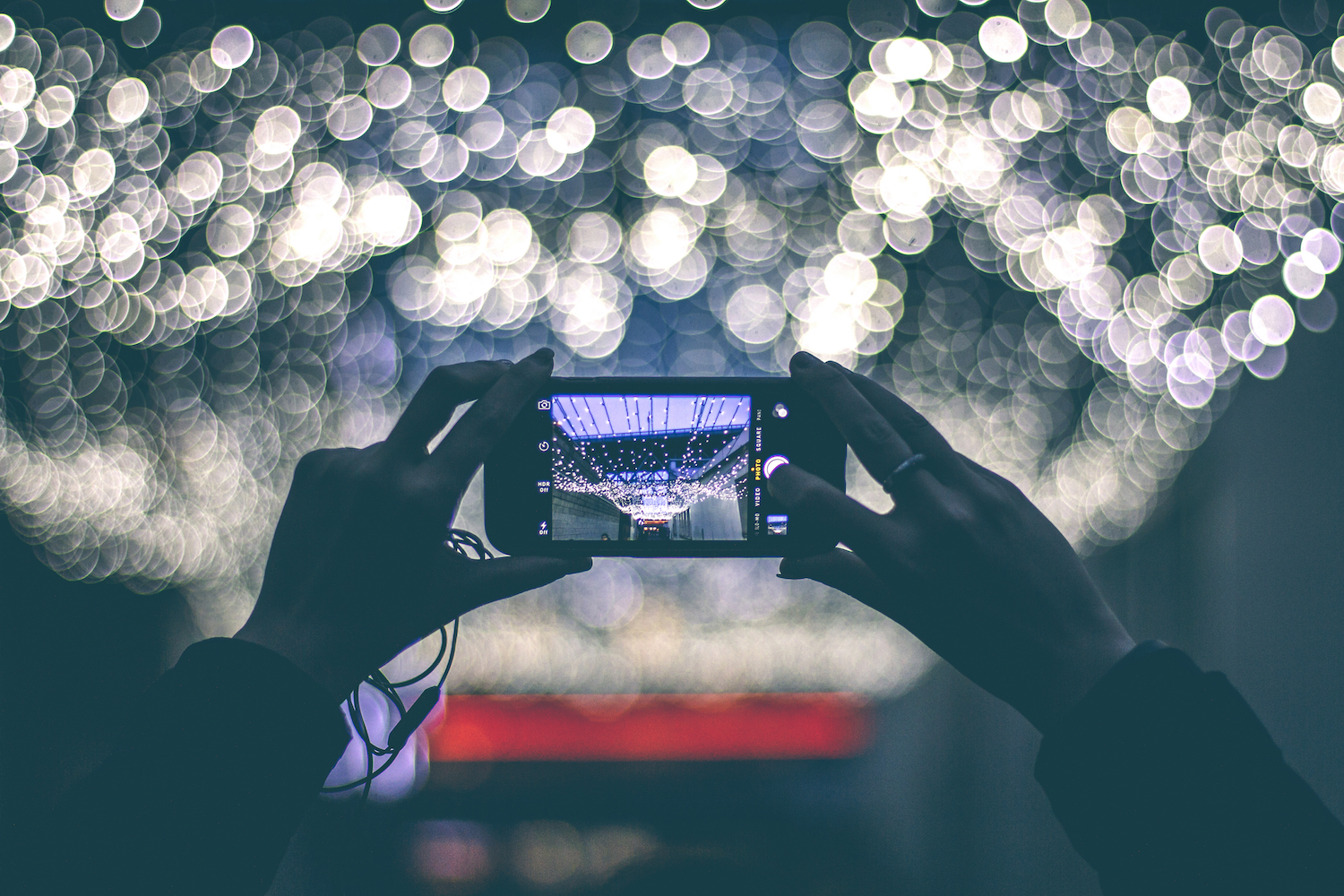In our two previous posts about the most instructive rebrandings of all time, we wrote about how Norwich Union and CGU created Aviva, how Airbnb rightly ignored its critics when changing its identity (you can read about these two case studies in part 2), how Abbey National, Bradford & Bingley and Alliance & Leicester became Santander and how Accenture avoided negative connotations with Arthur Andersen, its former parent company, by spinning off from it and changing the name (part 1).
Today, we write about two highly successful rebranding stories, the post-merger rebranding of Bell Atlantic and GTE into Verizon, and LG’s change of name and image.
1. Verizon
Both Verizon and AT&T, the two biggest American telecoms, have roots in the same organization, Bell Telephone Company, which was set up in 1877 by the family of Alexander Graham Bell, the inventor of telephone. Interestingly, in 1899, Bell Telephone Company was acquired by AT&T, which was then one of its subsidiaries. After that, AT&T operated as a near monopoly for more than 80 years until it was forced to divest by the United States Department of Justice. It was then divided into a number of smaller businesses called “Baby Bells”. Bell Atlantic was one of the newly created companies with operations focused in the Mid-Atlantic states. In 2000, it acquired GTE, an independent telephone company with a footprint in states where Bell Atlantic was not present.
The merged organization instantly became the biggest local telephone company in the United States and was given a new name, Verizon. The company’s executives felt that both the Bell Atlantic and GTE names “carried too much baggage” and therefore wanted to create a new brand, with a modern, high-tech image. The name was chosen out of 8,500 proposals. It is a combination of two words: “veritas” (truth in Latin) and “horizon”. The company is said to have spent $300 million promoting the new brand in its first year of operations.
Why is it an interesting case?
This is an example of a post M&A rebranding, in which the two participating companies did not want to keep their well-known respective names because of the legacy associated with them. Instead, they created a completely new brand and had to build its brand awareness from scratch.
What’s the key lesson?
If you are convinced that your company’s or product’s current name evokes negative associations and stands in the way of the growth of your business, do not be afraid to change it. Just remember to fix the problems that contributed to the bad image first (otherwise the name change will not help). Also be aware that reaching the same level of brand awareness that the old brand had will be costly and time-consuming.
To read more about why the post M&A branding approach applied by Verizon makes a lot of business sense, check out this post.
2. LG
Today, LG is a household name, best known for its consumer electronics products. Alongside Samsung and Hyundai, it is one of the few globally recognized Korean conglomerates. However, it took many years for the brand to reach the position it enjoys today.
The company was established in 1947 as Lucky Chemical and it initially sold cosmetics. It was renamed Lucky GoldStar in 1958 after merging with GoldStar, its subsidiary, which produced consumer electronics. In 1995, its name was shortened to LG in the hope that it would better resonate with consumers in Western markets. At the same time, the new brand launched its “smiley face” logo and started building an image of a brand committed to creating a better, happier life for consumers.
Why is it an interesting case?
The case of LG is generally believed to be one of the most successful repositioning stories of all time (some publications go as far as calling this process a “reincarnation”). LG, in the past (when still Lucky GoldStar), was perceived as a producer of the cheapest and the lowest-end products. The company spent years improving its product offering, upgrading its distribution channels by incentivizing high-end retailers to sell LG products and building a new brand image through carefully planned communications activities. As a result, LG managed to reinvent itself as a mainstream premium brand.
What’s the key lesson?
If you want the new brand name of your product or company to signal quality, you must first fix your brand’s problems – product issues and ineffective customer service – before anything else. It may take years but changing the name and/or visual identity without taking this step makes absolutely no sense, as the new brand will inherit the problems of its predecessor.
Verizon and LG are two of the most instructive rebranding case studies of all time. We will be continuing this series with more examples. If there are any particular rebranding case studies you would like to read about on this blog, let us know at brandstruck@brandstruck.co.
If you want to read the complete brand strategy case studies of these two brands (and many more), join BrandStruck today.
If you need help with research or want to hire Magda for a brand project, email her at magda@brandstruck.co
To subscribe to our newsletter, simply email your address to brandstruck@brandstruck.co with the subject line ‘Newsletter’.
Magda Adamska is the founder of BrandStruck.
https://www.linkedin.com/in/magda-adamska-32379048/
BrandStruck is the only online database of brand strategy case studies.
BrandStruck’s mission is to empower brand builders worldwide with the best brand strategy practices and insights, showcased through 250+ case studies of the world’s most admired brands.
